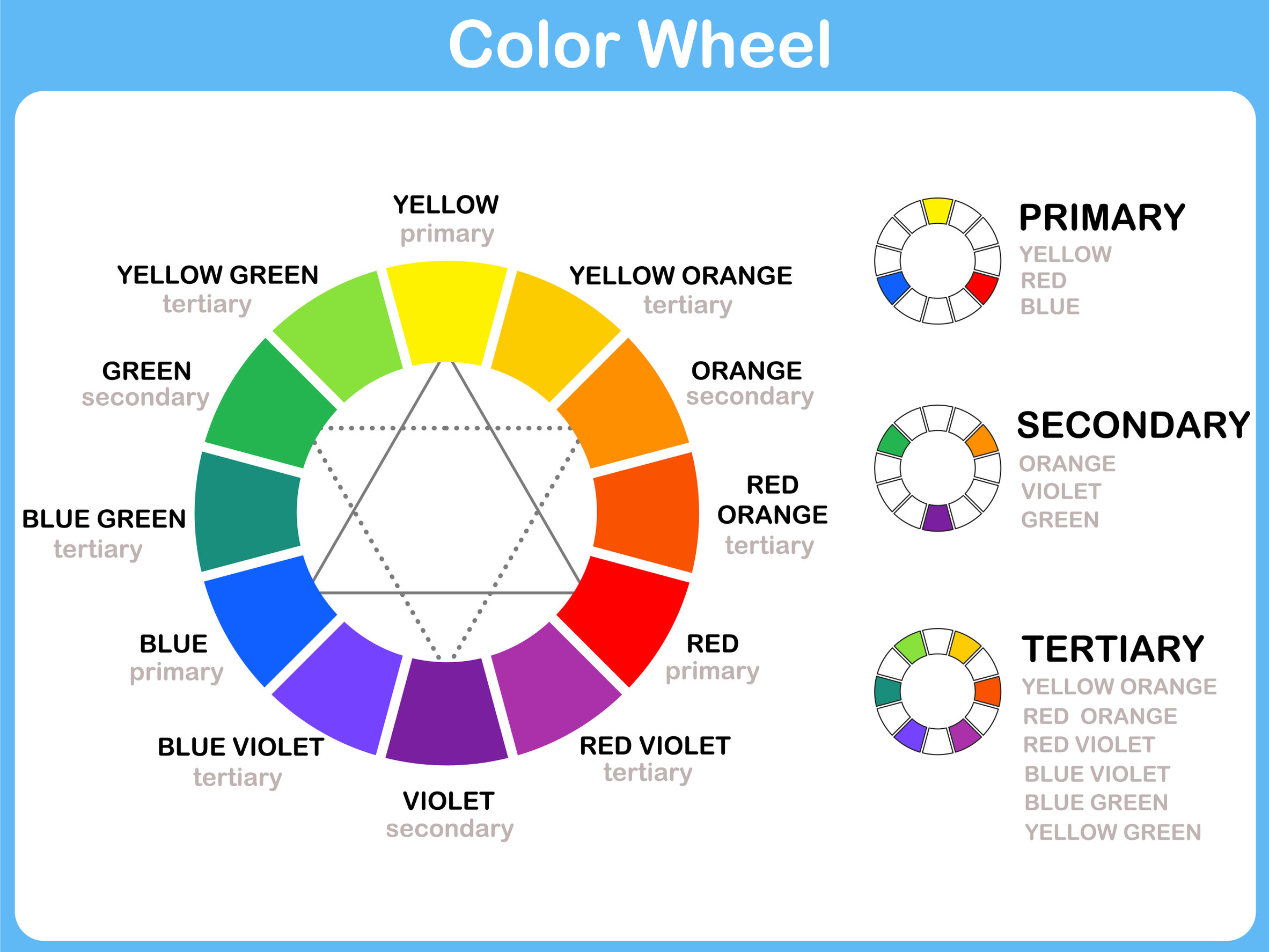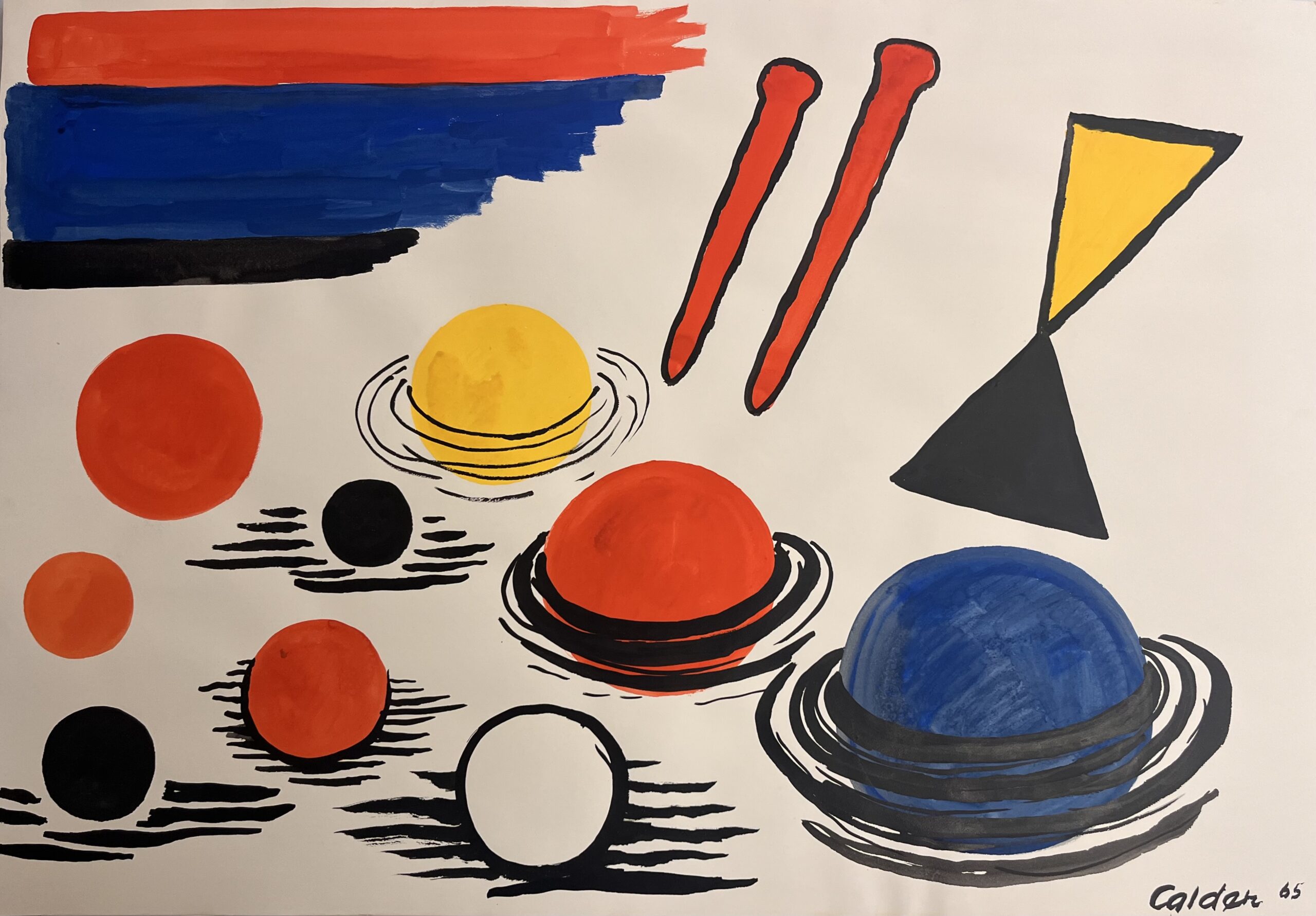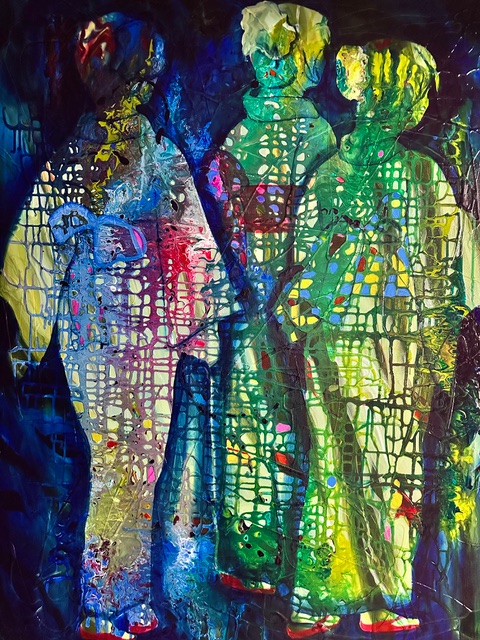By Audrey Wang, AGGV Volunteer
1. Colour theory is a set of fundamental principles for painting that demonstrates the relationship between colours and the physiological impacts of colour combinations. At its most basic, it teaches artists how to combine colours to create other colours. For example, yellow and blue make green.
2. In the early 17th century, Sir Isaac Newton developed the colour wheel, with its arrangement of red, orange, yellow, green, blue, indigo and violet on a rotating disc. The colour wheel remains one of the most important tools for artists in the understanding the relationships between colours.
3. One of the fundamentals of colour theory is that there are 3 primary colours – red, yellow and blue. By mixing combinations of these colours, you can get 3 secondary colours – purple, orange and green. There are 6 other tertiary colours, which constitute equal mixes of primary and secondary colours.
4. Complementary colours are those that sit opposite each other on the colour wheel. They contrast greatly. Red and green are an example of complementary colours.
5. The colour wheel also provides a variety of colour schemes, such as Analogous (colours that are next to each other on the colour wheel), Split-Complementary (one base and two secondary colours), Triadic (three colours equally spaced from each other on the colour wheel) and Monochromatic (one colour in varying levels of saturation and value).
6. Colour temperature refers to the level of warmth in a particular set of colours. Warm colours are reds, oranges and yellows, reminding us of the sun or fire. Cool colours are blues and greens, as they evoke a cool feeling reminiscent of water or leaves.
7. The term “hue” can be used interchangeably with “colour” and refers to the dominant strain in a particular colour. For example, the hue of navy is blue, while the hue of maroon is red.
8. What about black and white? Are these colours? In the scientific sense, black and white are not colours as they are not in the physical spectrum of light waves. In colour theory, we can think of white as an addition to a tint (colour plus white) and black as an addition to a shade (colour plus black), creating varying levels of white/black.
9. Colour also has a strong influence over psychology and human behaviour. It has the ability to manipulate a person’s perception, and this makes colour a strong tool in marketing and advertising, but also a trigger for awareness. For example, red connotes passion, love, anger and danger. A red “stop” sign triggers awareness that danger might be ahead. The same psychological triggers in art influence what we want the viewer to perceive.
10. Cultural differences, however, needs to be considered when colour theory is used. The context can change in different cultures. In Chinese culture, for example, the colour red symbolizes good fortune and luck. In Western culture, blue emotes tranquility and spirituality. In Chinese culture, blue is a funereal colour.



